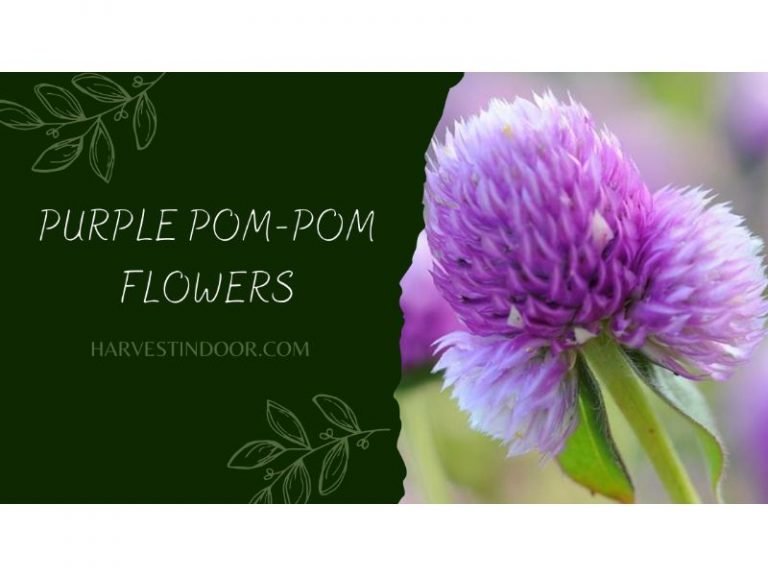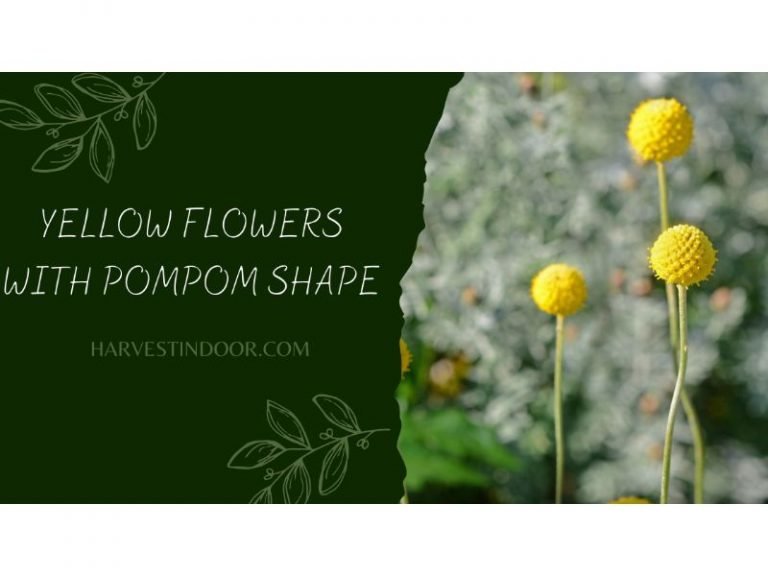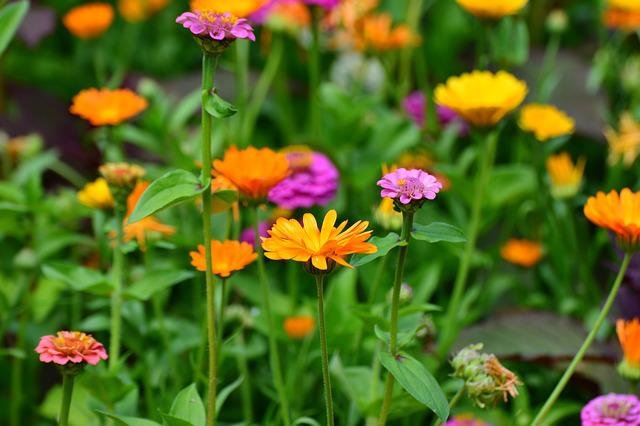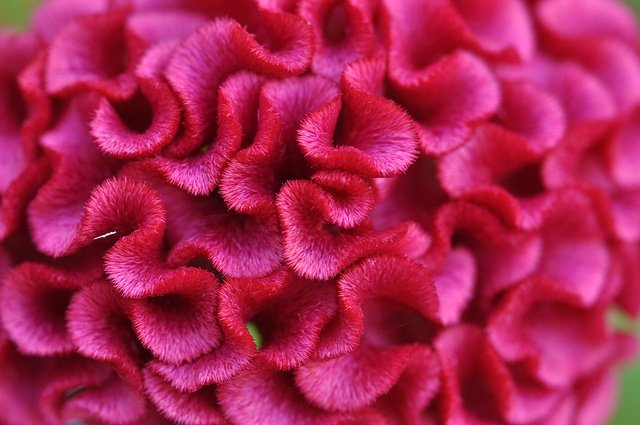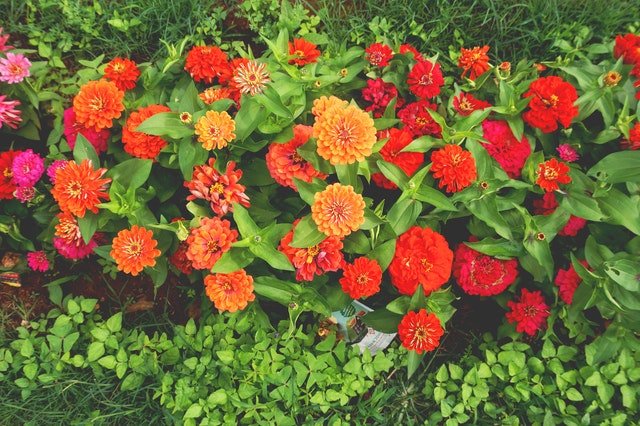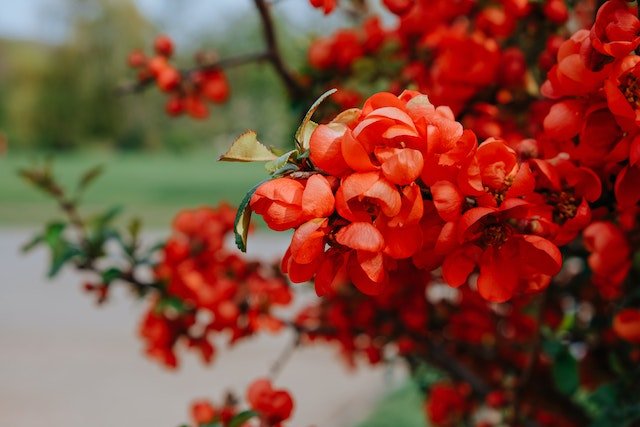Last updated on September 27th, 2023 at 08:33 am
Have you ever seen a flower and thought it looked like a pom pom? There are many flowers that have ball-shaped flowers, similar to the popular decorations. In fact, some flowers look so much like pom poms that they have been given the nickname “pom-pom flowers.” So what plants have these beautiful blooms? Keep reading to find out!
Some popular flowers with pom pom shapes are Pompom Dahlia, Globe Amarath, Ranunculus, Achillea, Craspedia, Crysanthemum, Campanula, Echinops, alliums, Daisy, Marigold, Zinnia, Viburnum, Peony, Gypsophila, Hydrangea, Rosa.
Table of Contents
Flowers that look like pom-poms.
If you’re looking for flowers that look like pom poms, here are a few of our favorites:
Pompon dahlias
Pompon dahlias are a type of flower that gets its name from its resemblance to pom-pom flowers. These flowers are typically very small, with dense petals that make them look like a ball of fluff. The most common colors for pompon dahlias are white and pink, but they can also be found in shades of purple and blue.

If you’re interested in growing pompon dahlias, there are a few things you can do to encourage healthy growth and vibrant flowers. First, make sure to plant your dahlias in an area that gets plenty of sunlight. They also require well-drained soil, so be sure to amend your soil with organic matter before planting. Once your dahlias are in the ground, water them regularly and fertilize them every few weeks. With proper care, your pompon dahlias will thrive and produce beautiful flowers all season long!
Globe amaranth
The Globe Amaranth flower, also known as Gomphrena Globosa, is a unique blooming plant that gets its name from its round, pom-pom-like flowers. These beautiful flowers come in a variety of colors including pink, purple, red, white, and even yellow.
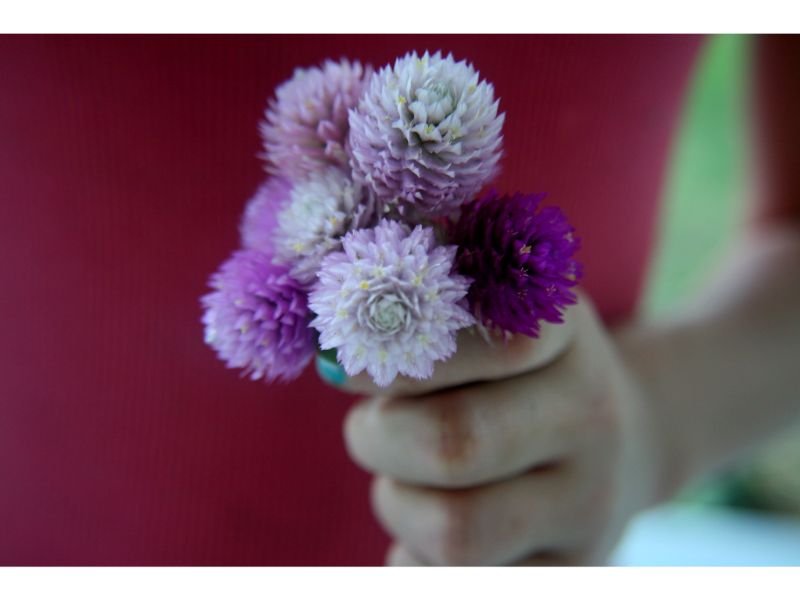
One reason why the Globe Amaranth flower looks like a pom-pom is because of how the petals are arranged. The petals are clustered together in a tight group, which gives the flower its distinct shape. Another reason for the Globe Amaranth’s resemblance to a pom-pom is its size; these flowers are typically smaller than other blooming plants.
There are several ways to grow Globe Amaranth flowers so that they will be healthy and have better blooms. One way is to deadhead the spent flowers regularly. This means removing the wilted or dying flowers from the plant so that the plant can put its energy into producing new ones.
Another way to encourage better blooms is to give the plants plenty of sun and water. Globe Amaranths prefer to be in sunny locations and need to be watered regularly, especially during periods of drought. With proper care, Globe Amaranth flowers can provide any garden with a splash of color and beauty.
Ranunculus ‘Tecolote Yellow’

Ranunculus ‘Tecolote Yellow’ boasts a striking yellow hue and a densely packed pom-pom shape. These flowers exhibit a remarkable intricacy with numerous layers, resembling delicate petals stacked upon one another.
Thriving under full sun and in well-drained soil, they grace gardens with their blossoms from spring through early summer. With a potential height of up to 18 inches, Ranunculus ‘Tecolote Yellow’ can be cultivated in both pots and garden beds, making them a delightful inclusion in bouquets, wedding decor, and centerpieces.
Achillea ‘Cloth of Gold‘
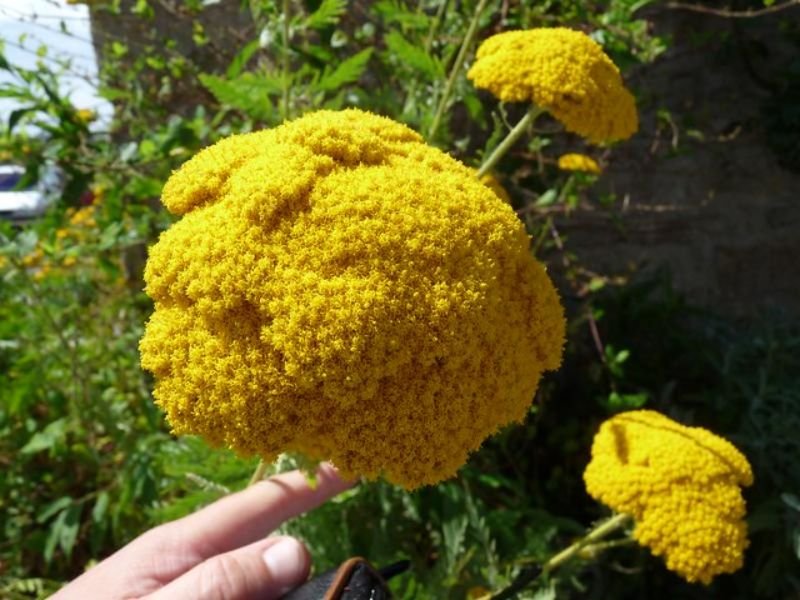
Achillea ‘Cloth of Gold’ is a delightful yellow flower renowned for its profusion of petite blossoms arranged in a pompom-like formation. These stunning flowers have the potential to reach heights of up to 3 feet and typically grace gardens with their vibrant presence from mid-summer all the way through the fall season.
This perennial gem thrives when bathed in full sun and nestled in well-drained soil, and it possesses admirable resilience in the face of drought conditions. What’s more, Achillea ‘Cloth of Gold’ exerts a magnetic pull on pollinators, such as bees and butterflies, making it an invaluable asset to any pollinator-friendly garden. Its ability to attract these beneficial insects contributes to the overall health and biodiversity of your garden ecosystem.
Balls of Fire Craspedia
Our next Flowers That Look Like Pom Pom is Ball of Fire Craspedia. You can get from the name that this type of flower is taking a ball-like or pompom flower-like shape.
Craspedia, commonly known as Billy Balls or Woollyheads, is a genus of flowering plants in the daisy family. The genus is native to Australia, New Zealand, and Tasmania. Craspedia flowers are small and usually yellow or white.
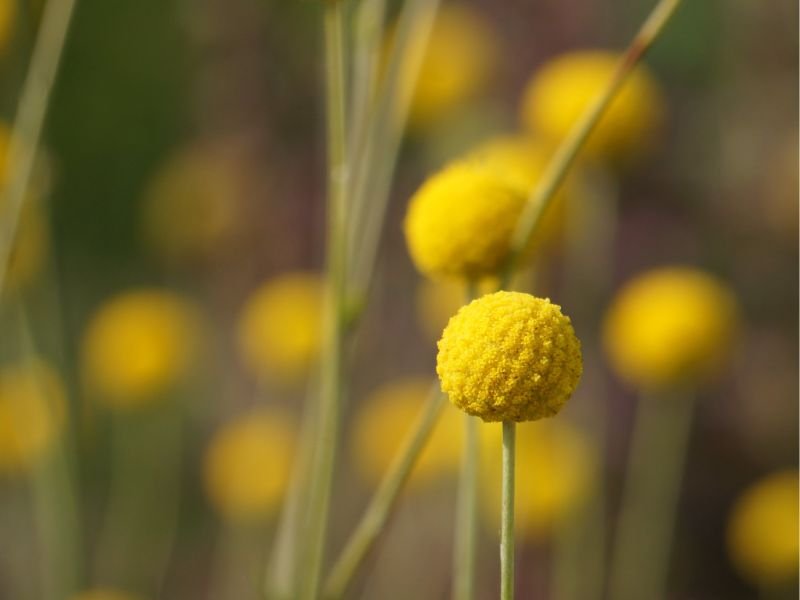
However, the Balls of Fire Craspedia flower is a bright red color. The reason for this is that the red color is actually an optical illusion. When you look at the flower from the side, the petals appear to be red. However, when you look at the flower from the front, you can see that the petals are actually yellow. This illusion is created by the way light reflects off of the petals. The result is a beautiful and unique flower that is sure to catch your eye.
If you’re interested in growing your own Ball of Fire Craspedia, it’s important to start with good-quality seedlings. Once your seedlings have germinated, transplant them into individual pots filled with a well-draining potting mix. Water regularly, but be sure not to over-water, as this can lead to root rot.
When planting out your Ball of Fire Craspedia, choose a sunny spot in your garden with well-drained soil. Provide support for the stems by tying them to stakes or trellis. With a little care and attention, you’ll soon be enjoying beautiful blooms all summer long.
Crysanthemum morifolium
Chrysanthemum morifolium, also known as the florist’s chrysanthemum or Hardwick mums, is a species of chrysanthemum native to East Asia. These flowers are often used in bouquets and floral arrangements, and they are available in a wide range of colors, including white, yellow, pink, purple, and red.
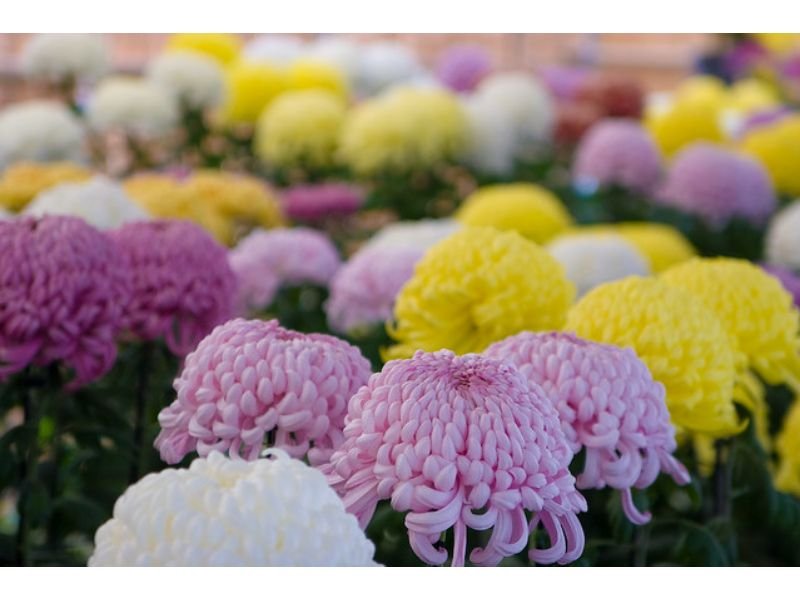
One of the most distinctive features of C. morifolium flowers is their pom-pom-like shape. This shape is created by the flower’s numerous petals, which are arranged in a tight spiral around the center of the flower.
To get the best-looking flowers, it is important to grow C. morifolium in well-drained soil and full sun. The plants should be pruned regularly to promote new growth, and the flowers should be deadheaded to encourage more blooms. With proper care, Chrysanthemum morifolium can be a beautiful addition to any garden.
Campanula glomerata

The Campanula glomerata, also known as the clustered bellflower, is a captivating member of the purple pom family, growing in clusters of spherical blooms ranging from deep purple to violet-blue.
Growing it can be challenging but rewarding with well-drained soil, full sun, and regular watering. It also has a history of use in traditional medicine, known for its anti-inflammatory properties. Additionally, it’s popular in floral arrangements, adding vibrancy with its unique shape and color. Overall, it’s a fascinating plant that can bring enchantment to your garden with proper care.
Echinops ritro

The Echinops ritro, or globe thistle, is a mesmerizing purple pom pom-shaped flower with spherical blooms covered in spiky bracts, giving it a unique appearance. It thrives in well-drained soil and full sun, tolerating various temperatures.
This plant has a history of use in traditional medicine for its medicinal properties, treating ailments like inflammation and liver disease. It’s also a popular choice in floral arrangements due to its striking shape and color, especially in wild or rustic-themed bouquets. Additionally, it attracts pollinators like bees and butterflies to your garden.
Ornamental Onion
Ornamental onions, also known as alliums, are a type of flowering bulb that includes many popular garden plants, such as chives, garlic, and leeks. Alliums are known for their round, pom-pom-like flowers, which range in color from white to purple.

The flowers are produced on slender stalks that emerge from the bulbs in late spring or early summer. Alliums are relatively low-maintenance plants that will thrive in most garden soils. However, for the best results, it is important to plant the bulbs in a sunny location and to water them regularly during the growing season. With proper care, alliums will produce an abundance of beautiful pom-pom flowers year after year.
Related posts
Daisy
Daisy especially a sub-variant of Chrysanthemum indicium falls into the category of poms flowers look-alike.
The flower known as Daisy looks like a pom-pom because of its round shape and the way the petals are arranged. The colors of Daisy flowers can vary, but they are usually white with a yellow center. To get the best results when growing Daisy, plant the seeds in well-drained soil in full sun.

Once the plants are established, they will need to be watered regularly and fertilized every few weeks. With proper care, Daisy plants will produce an abundance of beautiful flowers that will brighten up any garden or landscape.
Marigold
The marigold flower is a plant that is easy to grow and is known for its vibrant colors. The most common colors are orange and yellow, although there are also marigolds that are red, white, or bicolored. It is an annual flower that can add stand-out color to any garden.
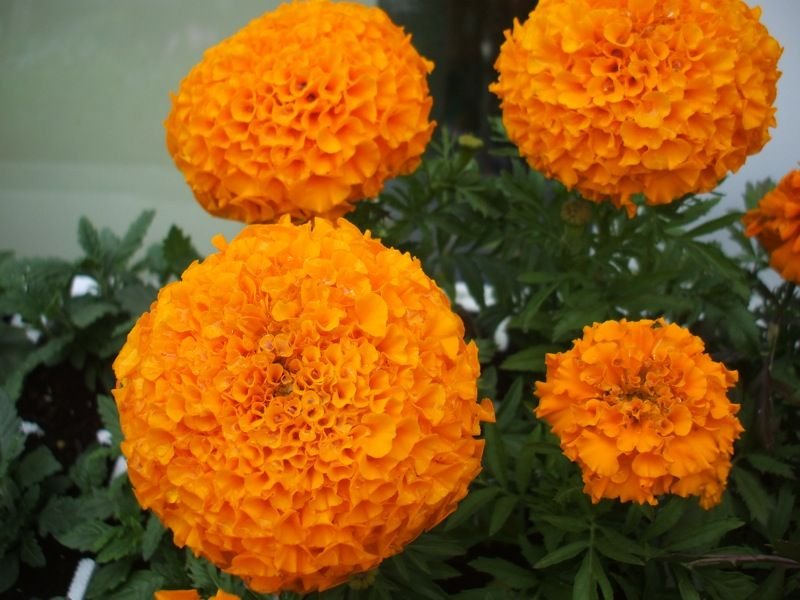
Marigolds usually have a strong smell that can be used to repel insects. The blooms of the marigold flower are round and full, often giving them the appearance of pom-poms. To get the best results when growing marigolds, it is important to plant them in rich soil that drains well. They should also be given ample sunlight and water. With proper care, marigolds will bloom from early summer until the first frost of winter.
Zinnia
Zinnias are native to Mexico and Central America, and they were first introduced to Europe in the 16th century. The flowers are named after Johann Gottfried Zinn, a German botanist. Zinnias come in a wide range of colors, including yellow, orange, pink, red, and purple. They can also be white or bi-colored.
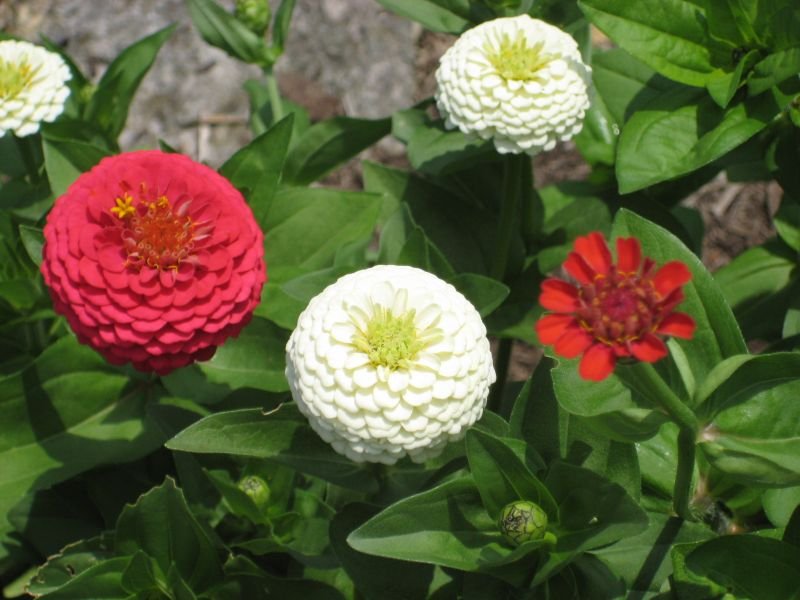
The flowers are typically 2-4 inches in diameter and have a fluffy, pom-pom-like appearance. Zinnias are relatively easy to grow and require full sun and well-drained soil. For best results, deadhead spent flowers regularly and water at the base of the plant rather than overhead to prevent moisture from damaging the flowers. With a little care, you can enjoy a colorful display of zinnias all summer long!
Snowball bush (Viburnum opulus)
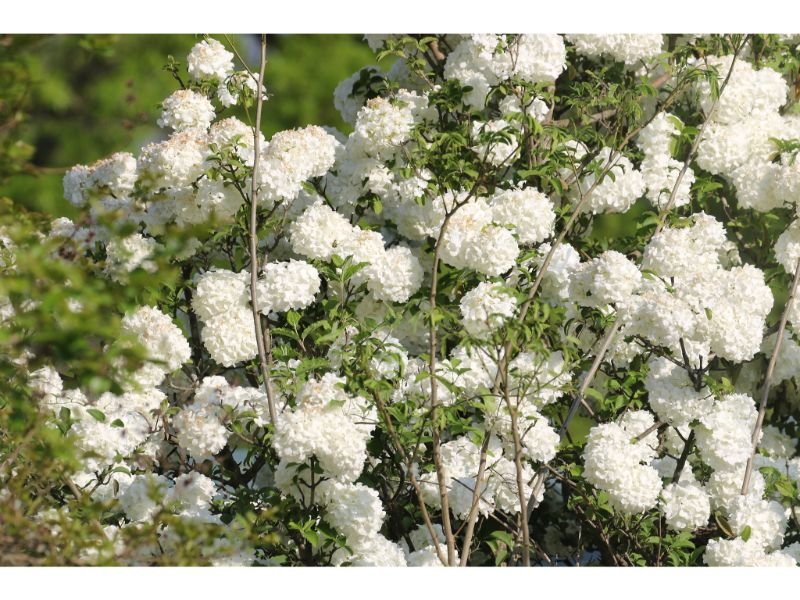
The Snowball bush, scientifically known as Viburnum opulus or Guelder rose, adorns the spring season with clusters of enchanting, ball-shaped white flowers. While originally native to Europe, it has found its way into gardens worldwide, becoming a versatile addition. This bush can serve multiple purposes, from forming a hedge to being a specimen plant, and even being shaped into a small tree. Beyond its landscaping utility, its flowers are highly sought after in floral arrangements due to their captivating appearance and impressive vase life.
Interestingly, there’s also a charming pink variation of the Snowball bush called Viburnum opulus ‘Roseum.’ During the spring, this variety showcases delightful pink pom-pom-shaped flowers, rivaling the beauty of its white counterpart.
White peony (Paeonia lactiflora)

Peonies have gained fame for their grand, eye-catching blooms, and the white peony variety lives up to this reputation. The White peony displays a voluminous pom-pom of delicate petals that is genuinely breathtaking. Originally hailing from Asia and Europe, these flowers have found their way into gardens worldwide.
The White peony is a sought-after choice for wedding bouquets and other formal arrangements due to its enduring and graceful beauty. While predominantly white, this peony variety can surprise with occasional accents of pink, red, or yellow at the heart of its flowers.
Baby’s breath (Gypsophila paniculata)

Baby’s breath, known for its delicate demeanor, serves as a dainty flower frequently employed as filler in floral compositions. Its diminutive, circular blossoms resemble mini pom-poms, making it a favored selection for adorning wedding bouquets and centerpieces.
Although Baby’s breath is predominantly characterized by its white hue, it boasts variations in pink and light blue. The pink variation, in particular, captivates with its striking appearance, often gracing garden borders and finding utility as a cut flower.
Hydrangea macrophylla
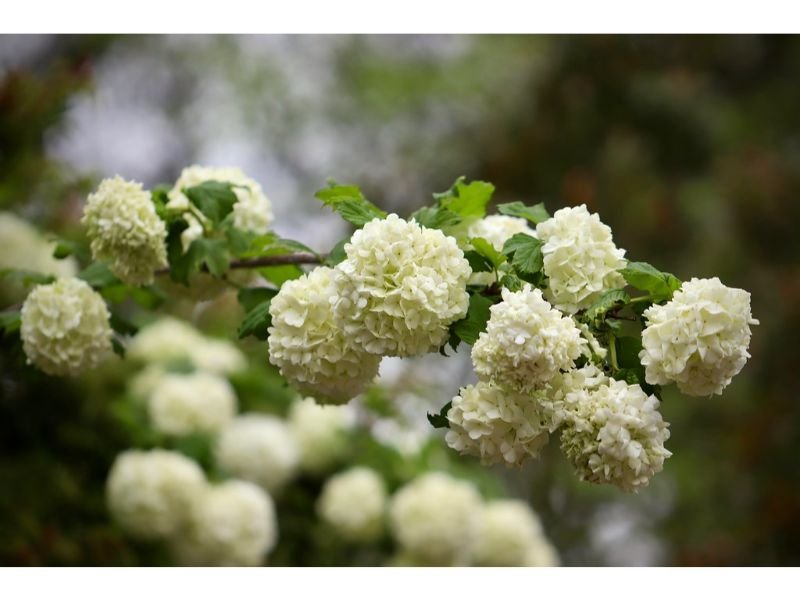
The Hydrangea Paniculata “Grandiflora” stands out as a favored option among Pom-Pom-looking flowering bushes. It features sizable, cone-shaped flower clusters that showcase a graceful blend of creamy white and gentle pink tones. These shrubs flourish in soil with good drainage and are ideally suited for gardens with diverse sunlight conditions due to their preference for partial shade.
Rosa ‘Pomponella’

The Pom Pom Shrub Rose, scientifically known as Rosa ‘Pomponella,’ is a striking rose cultivar known for its magnificent, fully double blossoms that bear a striking resemblance to fluffy pom poms. These blossoms exhibit a diverse color palette, encompassing shades of red, pink, yellow, and white, thereby contributing grace and charm to any garden. To flourish, the Pom Pom Shrub Rose demands well-drained soil and full sun exposure. It remains a favored selection for infusing a hint of romance and refinement into landscape compositions.
Pom-pom Flowers real name

If you’re curious about the real name of “pom pom flowers,” the answer may surprise you: there isn’t actually a specific flower that goes by that name of “pom pom flowers”! In fact, the term “pom pom” is often used to describe the shape and appearance of certain types of blooms, rather than a particular species.
So why is this the case? Well, it turns out that the term “pom pom” generally refers to a round, fluffy shape that resembles a cheerleader’s accessory. Many flowers can have this shape, such as chrysanthemums and dahlias, which are often called “pompom flowers” because of their appearance. However, there’s no one flower that is officially designated as the “pompom flower.”
While it might be a bit disappointing to learn that there’s no specific flower with this name, it’s important to remember that the term “pom pom” is more of a descriptor than a distinct classification. So the next time you see a round, fluffy bloom, you can appreciate its “pom pom” qualities, even if it doesn’t have an official name to match.
Why do flowers take this unique shape?
Flowers come in all shapes and sizes, from the tiniest of blooms to flowers that are several feet in diameter. The form of a flower is determined by its function – specifically, flowers exist to attract pollinators like bees and butterflies. To do this, flowers have evolved to be brightly colored and often have interesting patterns or scents. Some flowers have even evolved to mimic the appearance of other animals!
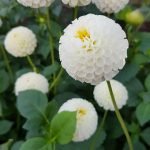


So why do some flowers look like pom poms? Well, it’s all about attracting pollinators. Flowers that are shaped like balls or pom poms often have brightly colored petals that stand out against the green leaves and stems. This makes them very easy for pollinators to spot. In addition, pom-pom flowers often have a sweet scent that attracts bees and butterflies from far away.
Is it better to grow pom-pom-like flowers in the garden or indoors?
Pom-pom-like flowers add a touch of whimsy to any garden, and they are relatively easy to grow. These flowers come in a variety of colors, and they make a great addition to any indoor or outdoor space.
While pom-pom flowers can be grown in the garden, they may fare better in a pot indoors. This is because pom-pom flowers need relatively high levels of humidity, and they may not receive enough moisture if they are grown outdoors in a dry climate. When growing pom-pom flowers indoors, be sure to place the pot in a spot that receives indirect sunlight. With proper care, your pom-pom flowers will thrive and bring a touch of beauty to your home.
FAQ
Q: What are pom pom flowers?
A: Pom pom flowers are a type of ornamental flower that resemble fluffy pom poms. They are often used in flower arrangements and bouquets for their unique texture and appearance.
Q: What is the real name of pom pom flowers?
A: There is no single flower that is known as “pom pom flower.” The term is a general descriptor used for any flower that has a rounded, ball-like appearance.
Q: What colors do pompom flowers come in?
A: Pom pom flowers come in a variety of colors, including white, pink, red, orange, yellow, purple, and blue.
Q: Can pom pom flowers be grown in a garden?
A: Yes, many varieties of pompom flowers can be grown in a garden. They are typically planted as annuals and prefer full sun and well-draining soil.
Q: Are poms flowers easy to care for?
A: The care requirements for pom pom flowers vary depending on the specific variety, but most require regular watering and deadheading to promote healthy growth and blooming. Some varieties may also require pruning or staking.
Q: What are some popular varieties of pom pom flowers?
A: Some popular varieties of pom pom flowers include chrysanthemums, dahlias, and carnations. Other varieties include zinnias, marigolds, and asters.
Q: Can poms flowers be grown indoors?
A: Yes, some varieties of pom pom flowers can be grown indoors, as long as they have enough light and proper care.
Q: Do pom pom flowers have a strong scent?
A: It depends on the variety of poms flower. Some have a very strong and pleasant scent, while others have little to no scent at all.
Q: Are pompom flowers edible?
A: While some flowers are edible, not all pom pom flowers are safe to eat. It is best to do your research and make sure you know which ones are safe to consume.
Q: How long do pom pom flowers typically last?
A: The lifespan of pompom flowers varies depending on the species and growing conditions. However, they typically last anywhere from a few days to a few weeks.
Q: Can pom pom flowers be used in floral arrangements?
A: Absolutely! Pom pom flowers are a popular choice for floral arrangements due to their unique shape and vibrant colors.
Q: Can pom pom flowers be grown in a home garden?
A: Yes, many varieties of pom pom flowers can be grown in a home garden with proper care and attention to their specific growing needs.
Q: What is the best season to plant pom pom flowers?
A: The best time to plant pom pom flowers depends on the specific variety of flower, but generally they are best planted in the spring or early summer.
Q: How do you care for pom pom flowers?
A: Care for pom pom flowers varies depending on the specific variety, but generally they require regular watering, fertilization, and occasional pruning to maintain their shape and promote healthy growth.
Q: Are pom pom flowers toxic to pets?
A: Some varieties of pom pom flowers can be toxic to pets if ingested, so it’s important to research the specific variety of flower and take appropriate precautions if you have pets in your home or garden.

Gardening is my passion and growing plants indoors has always been a stress relief for me. Grow a banana tree in my apartment once (although failed to produce bananas).



